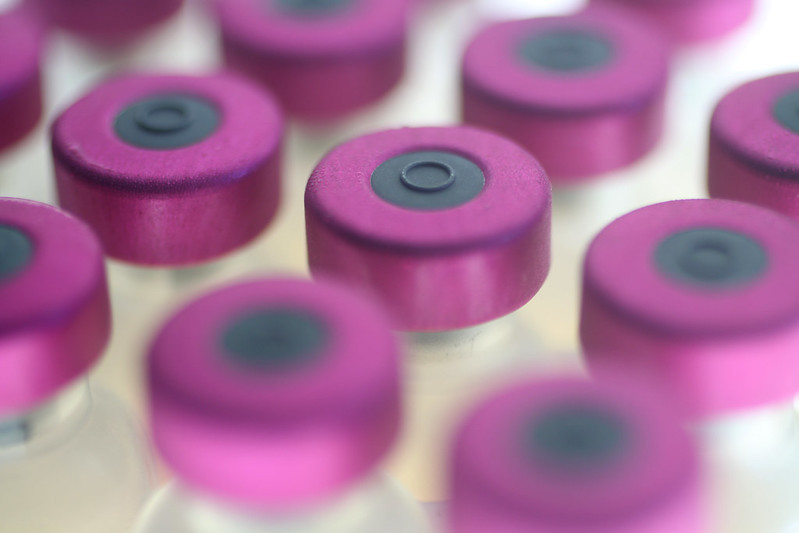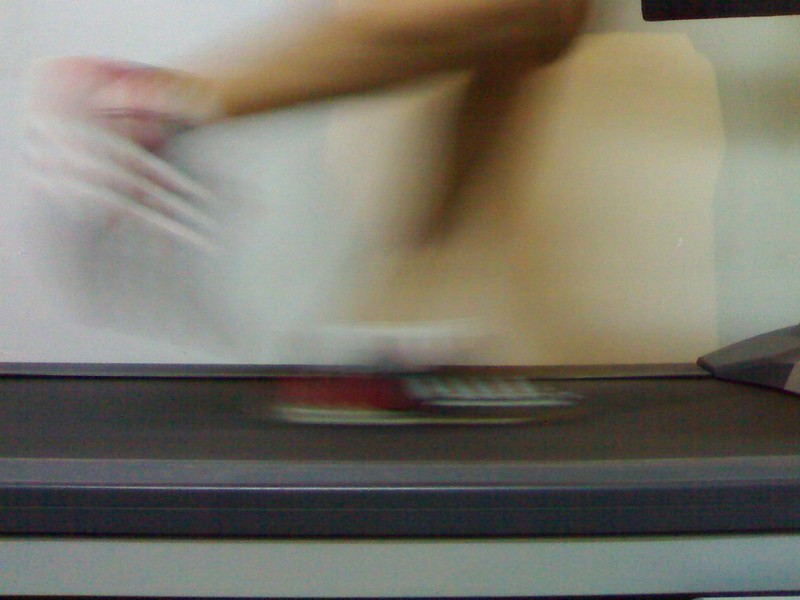A Case of Alzheimer’s: A Reflection on Cognition, Will and Self-Improvement
My first patient with Alzheimer’s, Sheryll, led me on a journey of questions and self-growth which I had never expected. Until meeting her, I hadn’t thought extensively about how our biology may dictate cognition and free will. While my thoughts on the matter continue to develop as I broaden my clinical experience, these considerations continue to frame my understanding of my patients, myself and the world around me.








